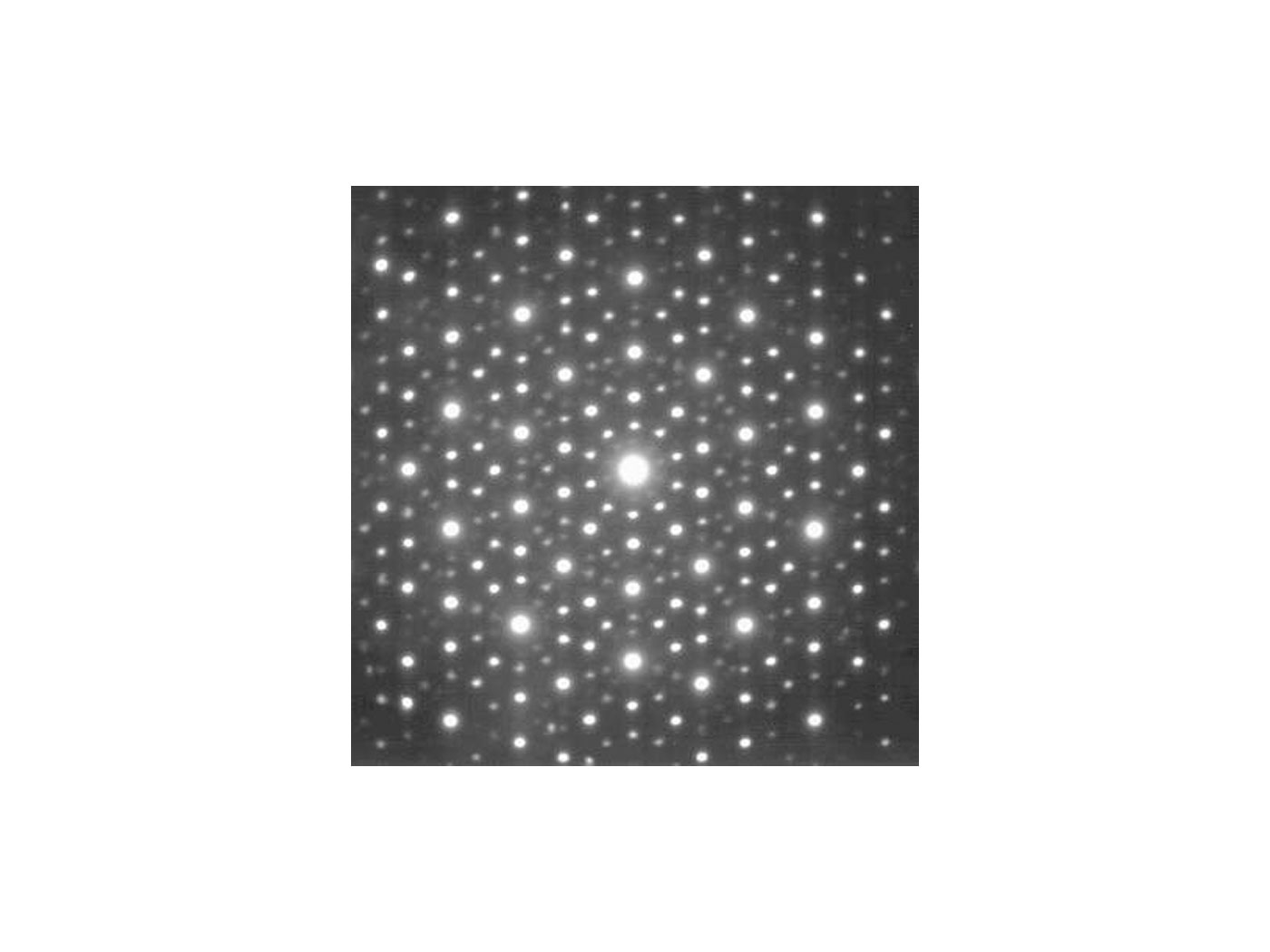It’s something right out of science fiction. The beautiful, flighty butterfly has been discovered to have cancer detection properties via the ability to see tiny variations in the ultraviolet spectrum.
Who would have guessed?
There have been many incredible discoveries about these beautiful insects these past years, including their wing design,1 antennae,2 and genetics.3 Now add to this list that butterflies are designed with amazing visual features unheard of 30 years ago.
People have the “basic” trichromatic vision that one may have learned about in school. Butterfly vision, however, is far superior, having been designed by the Lord Jesus with ultraviolet and broadband receptors.
Humans have trichromatic vision with three photoreceptors, where every color perceived can be made from a combination of red, green and blue. Butterflies, however, have compound eyes, with six (or more) photoreceptor classes with distinct spectral sensitivities. In particular, the Papilio xuthus, a yellow, Asian swallowtail butterfly, has not only blue, green and red, but also violet, ultraviolet and broadband receptors. Further, butterflies have fluorescent pigments that allow them to convert UV light into visible light which can then be easily sensed by their photoreceptors. This allows them to perceive a broader range of colors and details in their environment.4
It cannot be emphasized too much that the conversion of UV light into visible light and thence to photoreceptors is above and beyond evolution’s highly questionable mechanisms of time, mutations, and chance.
Butterflies aren’t the only animals with this most incredible eye design. The hummingbird was also found to have a fourth color cone type in its eye that allows it to see extra colors tinted in ultraviolet.5
Medical technology (e.g., in oncology—the study of cancer) is taking advantage of the butterfly’s visual system. “Inspired by the enhanced visual system of the Papilio xuthus butterfly, a team of researchers have developed an imaging sensor capable of ‘seeing’ into the UV range inaccessible to human eyes.”4
There are a number of biomarkers found in tissues (such as amino acids) that are higher in concentration in cancerous tissues than in those that are healthy. When using UV light, these markers fluoresce or light up, a method called autofluorescence. But in the past, utilizing this procedure with UV light has been limited.
Enter an imaging device or camera currently being put together by University of Illinois Urbana-Champaign scientists that uses the eye design from the butterfly.
Beyond the increased number of photoreceptors, butterflies also exhibit a unique tiered structure in their photoreceptors. To replicate the UV sensing mechanism of the Papilio xuthus butterfly, the UIUC team has emulated the process by combining a thin layer of PNCs [perovskite nanocrystals, very good at detecting UV light] with a tiered array of silicon photodiodes.4
What this means is that the scientists, using what God has created in the butterfly,
…evaluated their imaging device on its ability to discriminate cancer-related markers and found that [it] is capable of differentiating between cancer and healthy cells with 99% confidence.
[Bioengineering professor Shuming Nie and computer and electrical engineering professor Viktor Gruev] and their collaborative research team envision being able to use this sensor during surgery. One of the biggest challenges is knowing how much tissue to remove to ensure clear margins and such a sensor can help facilitate the decision-making process when a surgeon is removing a cancerous tumor.4
To conclude, Viktor Gruev stated, “We've taken inspiration from the visual system of butterflies, who are able to perceive multiple regions in the UV spectrum, and designed a camera that replicates that functionality.”4
Creationists would point out that such inspiration ultimately comes from the “God that made the world and all things therein, seeing that he is Lord of heaven and earth...“6
References
- Tomkins, J. Butterfly Wing Design Repudiates Evolution. Creation Science Update. Posted on ICR.org February 18, 2021, accessed November 12, 2023.
- Thomas, B. Monarch Butterfly Antenna: A Hi-tech Tiny Toolkit. Creation Science Update. Posted on ICR.org October 9, 2009, accessed November 12, 2023.
- Thomas, B. Butterfly Mimicry Is Based on Elegant Genetic Switches. Creation Science Update. Posted on ICR.org March 18, 2010, accessed November 12, 2023.
- Seeing the unseen: How butterflies can help scientists detect cancer. University of Illinois Grainger College of Engineering via Phys.org. Posted on phys.org November 3, 2023, accessed November 12, 2023.
- Stoddard, M., H. Eyster, et al. 2020. Wild Hummingbirds Discriminate Nonspectral Colors. Proceedings of the National Academy of Sciences. 117 (26): 15112–15122.
- Acts 17:24.
Stage image: Not the same butterfly mentioned in article.
Stage image credit: Copyright © masaki ikeda, 2008. Used in accordance with federal copyright (fair use doctrine) law. Usage by ICR does not imply endorsement of copyright holder.
* Dr. Sherwin is science news writer at the Institute for Creation Research. He earned an M.A. in zoology from the University of Northern Colorado and received an Honorary Doctorate of Science from Pensacola Christian College.





















